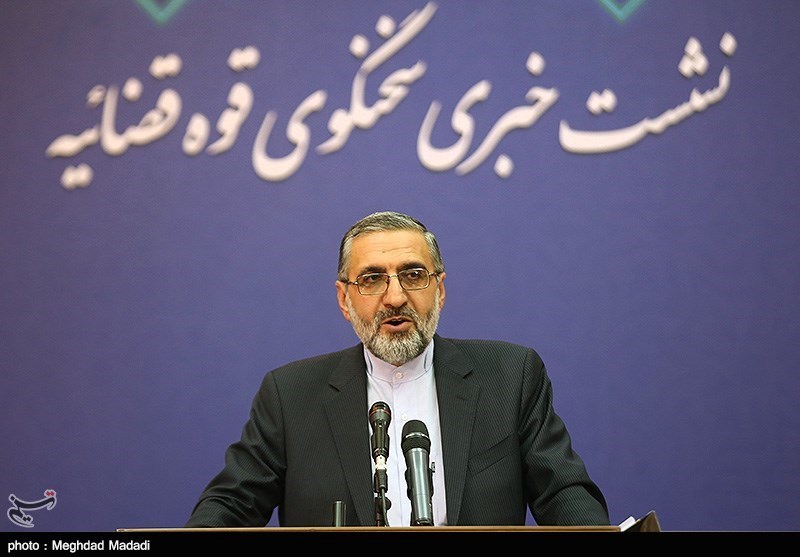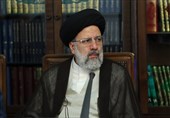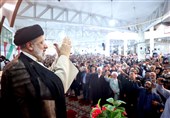Iran’s Judiciary Introduces Structural Reform
TEHRAN (Tasnim) – Iran’s Judiciary spokesman unveiled a reform of the Judiciary’s structure to optimize its performance.
Speaking to reporters on Saturday, Gholam Hossein Esmaeili said the structural reform of the Judiciary’s structure has been carried out after three months of extensive studies to make it more agile and efficient.
In the new structure, endorsed by Judiciary Chief Hojatoleslam Seyed Ebrahim Raeisi, a number of the departments of deputies and bureaus either have been merged or will run under supervision of different departments, he added.
Nearly 40 percent of the bureaus with direct link with the Judiciary chief’s office have been dissolved or merged into other bureaus, the spokesman noted, adding that at least 20 percent of the posts at the headquarters of the Judiciary are set to be ditched.
Last week, Hojatoleslam Raeisi called on the Iranian people and the intelligentsia to provide feedback on the judicial processes and help improve the Judiciary’s performance.
He also called on the public to make comments on the Judiciary’s performance and provide feedback on the legal processes for building a “popular, revolutionary and anti-corruption Judiciary.”
Raeisi also warned the country’s decision-makers not to make a miscalculation by ruining the opportunity for direct contact with the people in the virtual space, echoing remarks by Leader of the Islamic Revolution Ayatollah Seyed Ali Khamenei that the valuable opportunity provided by the cyber space should be seized.
In a decree in March, Ayatollah Khamenei appointed Raeisi as new head of the Judiciary. The top judge was the Islamic Republic’s former attorney general and, up to his appointment as the Judiciary chief, served as the chief custodian of Astan Quds Razavi, the organization managing the affairs of the Holy Shrine of Imam Reza (AS), the eighth Shiite Imam.






